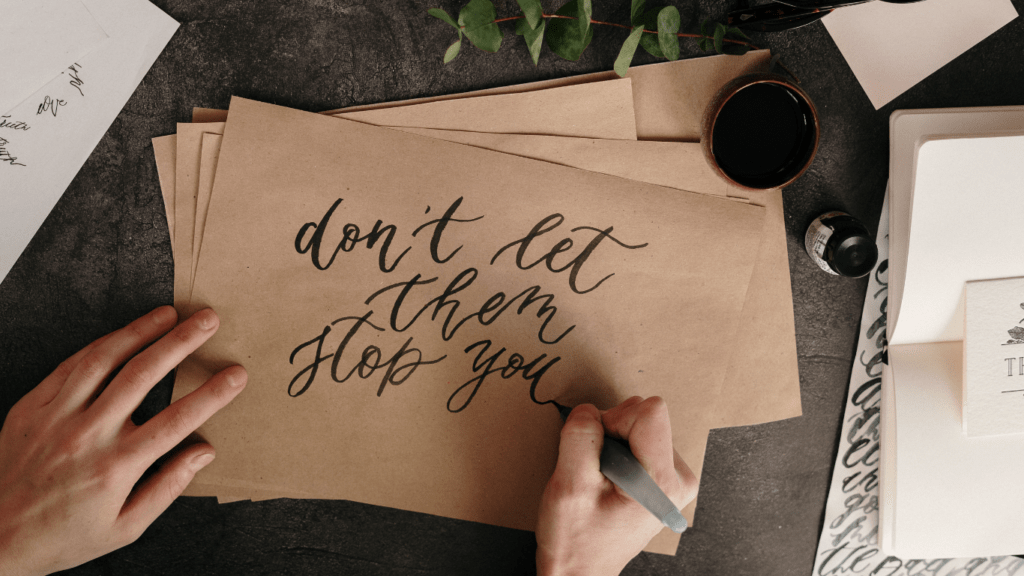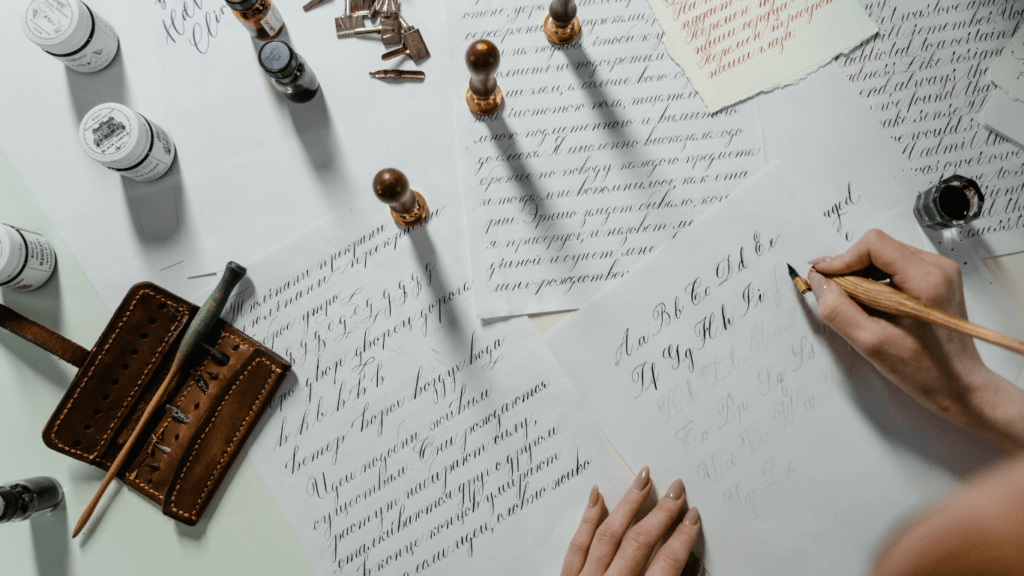As a seasoned designer, I’ve come to appreciate the art and science behind typography. Choosing the right font pairings can make or break a design, setting the tone and enhancing readability. In the world of design, mastering typography is a skill that can elevate your work to the next level.
When it comes to effective font pairing, understanding the nuances of different typefaces is crucial. From serif to sans-serif, each font has its own personality and purpose. By learning how to harmonize fonts that complement rather than compete, you can create visually stunning and cohesive designs that capture attention.
In this article, I’ll share valuable tips and insights on mastering typography through effective font pairing. Whether you’re a seasoned designer looking to refine your skills or a novice eager to learn, understanding the principles of font pairing is essential for creating impactful visual content.
Understanding Typography
Typography plays a crucial role in design as it sets the tone and enhances the visual appeal of any content. Choosing the right font pairings can make a significant impact on the overall aesthetic of a design. I’ll delve into the nuances of different typefaces, including serif and sans-serif fonts, to help you create visually striking and cohesive designs. By understanding typography and mastering font pairing, you can elevate your design skills and create engaging visual content.
Importance of Font Pairing
Understanding the importance of font pairing is crucial in creating visually appealing designs that resonate with the audience. Effective font combinations can enhance the overall aesthetic of a design and elevate the impact of the message being conveyed.
Complementary Fonts
Pairing complementary fonts is essential for achieving harmony and unity in design. When using complementary fonts, I look for similarities in structure or style to create a cohesive visual experience. By choosing fonts that complement each other, I ensure consistency in the design while adding visual interest.
Contrasting Fonts
Contrasting fonts can add dynamism and draw attention to specific elements within a design. When selecting contrasting fonts, I focus on finding typefaces that differ in style, weight, or mood to create a visual hierarchy. By using contrasting fonts thoughtfully, I can create emphasis and highlight key information effectively.
Best Practices for Font Pairing
Effective font pairing is essential in design to create visually appealing and harmonious compositions. Mastering the art of font pairing involves understanding the importance of consistency in typeface and paying attention to font attributes.
Consistency in Typeface
In font pairing, it’s crucial to maintain consistency in typeface to establish visual coherence throughout the design. Using the same typeface for headings, subheadings, and body text helps create a sense of unity and professionalism. Consistent typeface choices also aid in guiding the reader’s eye smoothly across the content, enhancing readability and overall design aesthetic. When selecting different typefaces, ensure they belong to the same font family or share similar characteristics to maintain a cohesive look.
Paying Attention to Font Attributes
When pairing fonts, it’s vital to consider font attributes such as weight, style, and x-height to achieve visual balance and contrast. Combining fonts with varying weights, like a bold heading with a regular body text, can create hierarchy and emphasize important information. Mixing fonts with different styles, such as a serif heading with a sans-serif body text, adds interest and distinction to the design. Additionally, paying attention to x-height, which is the height of lowercase letters in a typeface, can help in creating a harmonious and balanced composition.
By prioritizing consistency in typeface and carefully selecting fonts based on their attributes, designers can master font pairing techniques to enhance the visual appeal and effectiveness of their designs.
Tools for Effective Font Pairing
Selecting the right tools for font pairing is crucial in creating visually appealing designs. When it comes to typography, having access to the right resources can make all the difference. As a designer, I rely on various tools to streamline the font pairing process and ensure a harmonious outcome.
- Google Fonts: Google Fonts is a go-to tool for me when it comes to exploring a wide range of free and easy-to-use fonts. With its extensive library, I can easily compare and pair different typefaces to find the perfect match for my design projects.
- Adobe Fonts (formerly Typekit): Adobe Fonts offers a diverse selection of high-quality fonts that can elevate the overall look of a design. I appreciate the seamless integration with Adobe Creative Cloud apps, allowing for a smooth workflow from font selection to implementation.
- Font Pair: Font Pair is a simple yet effective tool that provides pre-selected font pairings for quick inspiration. It helps me discover new combinations and experiment with different fonts to achieve the desired visual impact in my designs.
- Fontjoy: Fontjoy is a unique tool that uses machine learning to suggest font pairings based on typography principles. I find this tool particularly helpful when I’m looking for unconventional yet visually pleasing combinations that enhance the overall design aesthetic.
By leveraging these tools, I can efficiently explore, compare, and implement font pairings that enhance the visual appeal and effectiveness of my design projects. Incorporating these resources into my workflow has significantly improved my font pairing process, allowing me to create cohesive and engaging designs with ease.
Applying Font Pairing in Design Projects
Expanding on the importance of font pairing, I leverage various tools to enhance the visual impact of my design projects. Utilizing tools like Google Fonts, Adobe Fonts, Font Pair, and Fontjoy streamlines the font selection process and ensures cohesive design outcomes. By exploring and comparing different font combinations with these tools, I can optimize the harmony and effectiveness of my typographic choices.
When integrating font pairing in my design projects, I pay close attention to attributes like weight, style, and contrast. This meticulous approach ensures that the typography not only looks visually appealing but also conveys the intended message effectively. Consistency in font pairing throughout a project fosters a sense of coherence and professionalism, elevating the overall design aesthetic.
By incorporating diverse font pairings, I can create dynamic visual hierarchy and add depth to my design compositions. Experimenting with various combinations allows me to strike a balance between readability and creativity, resulting in compelling and engaging visual communication. Whether aiming for a sophisticated or playful look, the right font pairing can significantly enhance the overall impact of a design project.





